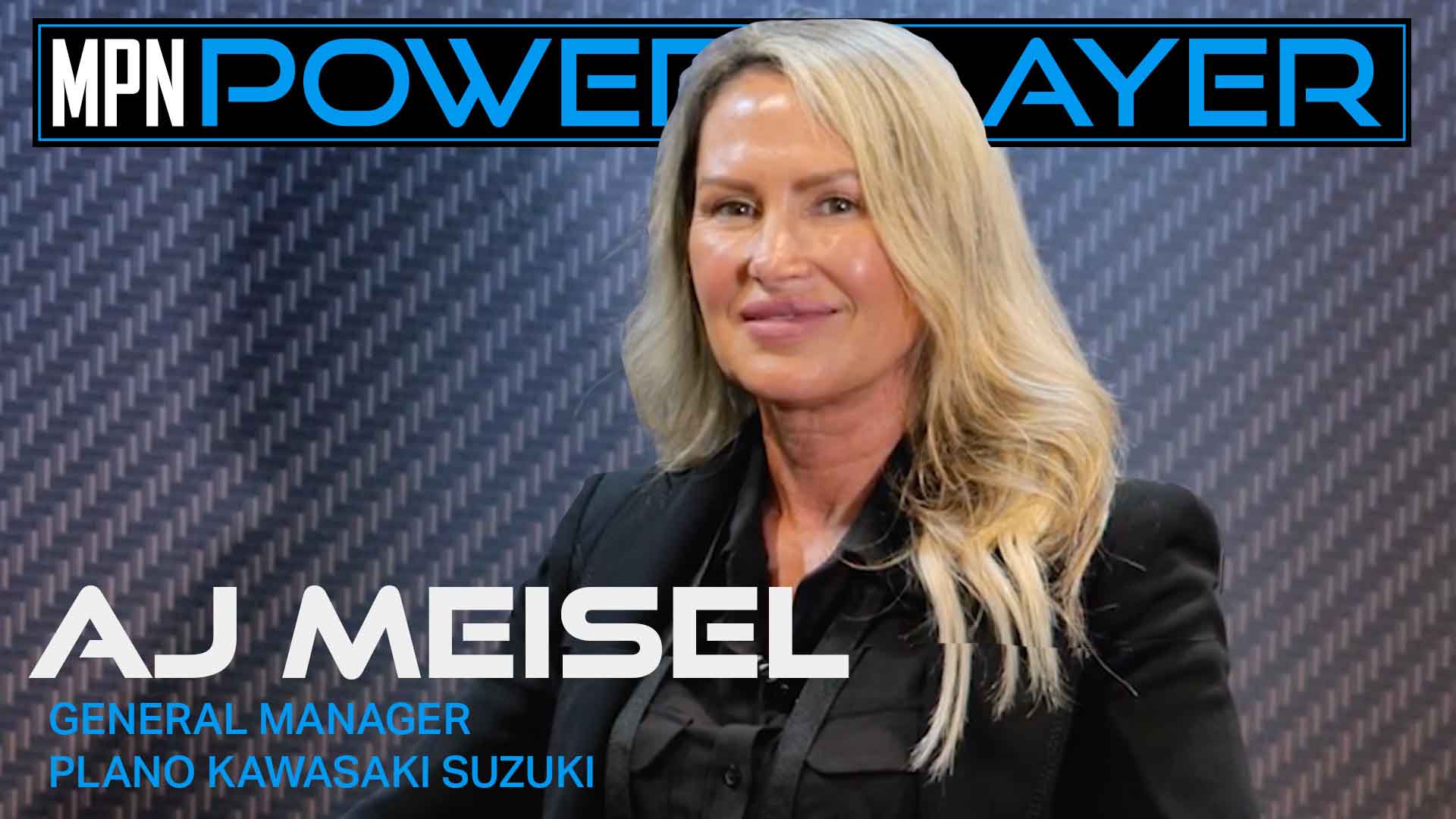I got the following quote from a dealer we spoke with during a phone survey. “A process is only as good as the discipline of the managers.” Yeah, but what does that mean in practical terms?
For example, a grand meeting of the minds has been called to order; all the important people are present and the room smells like stale Starbucks. The dealer principal storms in, announcing, “OK guys, here’s the deal: Things aren’t going as well as I would like to see them; I want some hardcore brainstorming; I want some new ideas; I want to see our sales up this season — what can you do?”
After hours of hardcore spit-balling, the managers excitedly proclaim their awesome, new process. Upon hearing it, the dealer, more than happy, declares, “This is it! This is what I have been searching for. Your ideas are spectacular!” Continuing, he adds, “This new process is to be rolled out to the entire team, and implemented ASAP. Make it happen!”
Problem solved, you say? Not quite.
Somewhere between the boardroom and the showroom, issues come up. Predictably, this grand, awesome, new process goes sideways almost immediately. How could this infallible process fail so miserably?
To understand why this policy failed, we must first understand the difference between where the fat cats sit and the showroom. Actually, the answer is not as complicated as one might initially think.
First, how’s the communication? If communication between the board and floor is conveyed properly, our first hurdle has been cleared. Being clear and concise, will, in fact, allow involvement from managers. Explaining the importance of this new process (whatever it may be) to the front line staff, and the importance of their position in this new process, will virtually bring them into the boardroom. With positive management involvement, the chances of a salesperson’s involvement should increase, which is where the action takes place.
Second, are you inspecting what you expect? “Out of sight, out of mind” doesn’t work here. If a new process is going to work, don’t drop the ball into the manager’s lap and leave it there. Follow through and inspect progress.
Last, be involved and listen. If a new process is working, then great; if it isn’t, listen to see what simple changes could be made. Don’t be afraid to bend and make adjustments.
And whatever you do, know this: The only thing worse for your company than a failed initiative is “yet another failed initiative.” Sometimes you’ve gotta pick your battles based on whether you’re going to win them. New initiatives cannot fail, or the result is that every new initiative turns into your team wondering when it’ll “get back to normal around here.” That’s the most subtle of all gaps between the boardroom and the showroom.
Here’s a list I hope will help you design processes and systems that stand a better chance at success. In designing any system for a dealer we lead them through the following exercise. We have them thoroughly discuss five criteria that the system must pass even before testing is allowed.
- Is it “Otis-proof”? If I can screw something up, there must be a hole in it. Instead, maybe I should say this from the other perspective: If there’s a hole in it, I’ll fall through it. Let me be absolutely clear here: If I have achieved any level of expertise in this field, it’s due to the simple fact that I’ve mastered more ways to screw up a sale than most people left standing, and I have, of course, eliminated those failure paths from what we teach.
- Is it monkey/genius”? Design a system simple enough for a monkey to work and hire/train a genius to work the system.
- Is it “win/win”? Is it good for the company and everyone in the company?
- Is it empowering? It has to empower frontline employees to perform the assigned task.
- Is it easy? Listen, if it ain’t easy, they won’t do it. That statement is based on my own propensity to do the same — ‘Cause if it ain’t easy, I won’t do it.
When we help dealers implement new processes, we take managers through the exercise of asking all five of the questions on this list. When that exercise is concluded, the clarity is usually there because if the entire management team can’t break it, they all pretty much know why it should work by the time they’re done trying.
When I developed this list, it was the skeleton upon which I could base my discipline to see a project through. If a process is only as good as the discipline of the managers, you must give the managers a clear vision of what they’re managing. After all, the furthest distance an idea must travel is between the boardroom and the showroom. Give this exercise a try and see if that distance doesn’t close a little.
Make your next initiative a success — I dare you!













